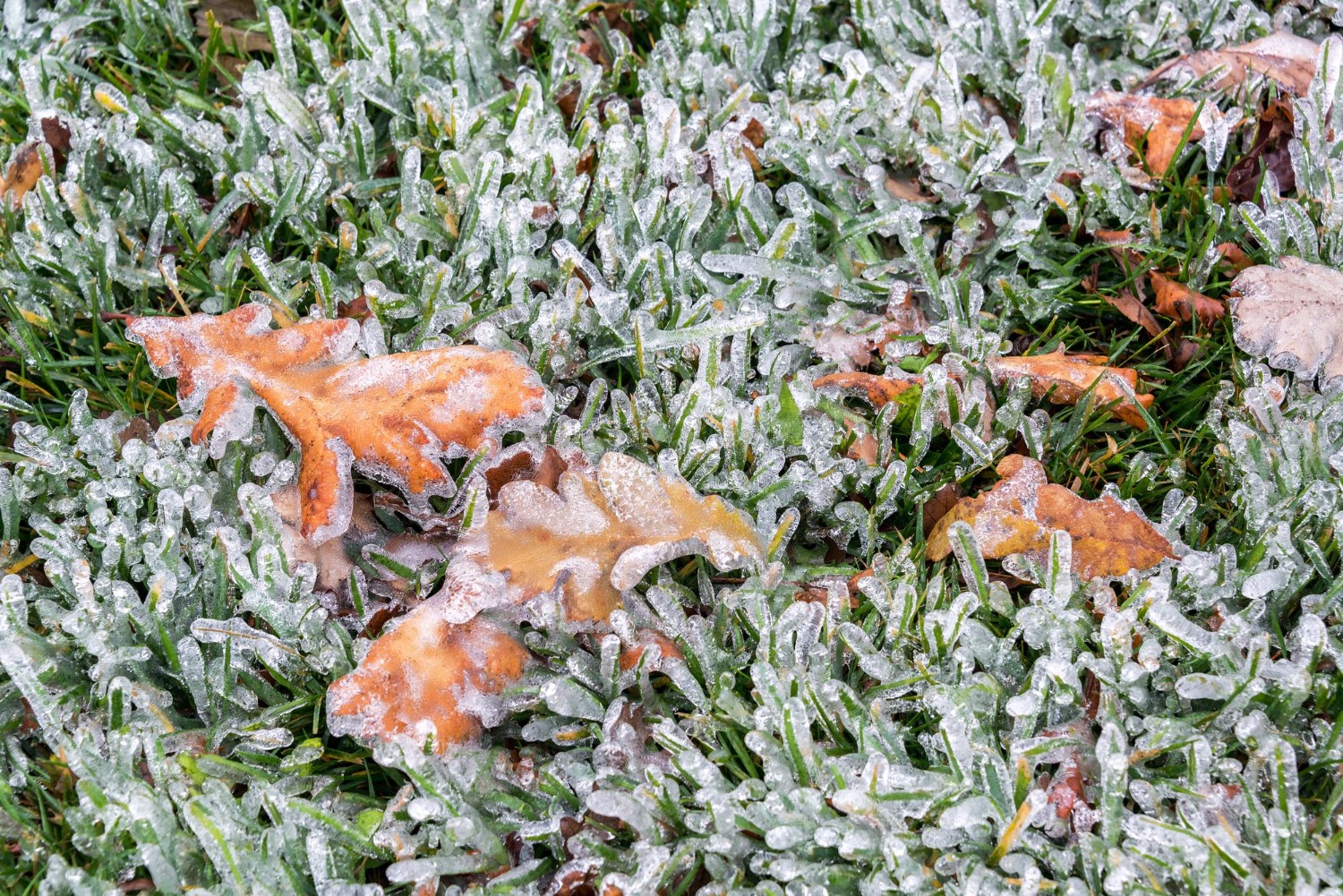Winter mulch is a secret weapon in the gardener’s toolkit, offering protection for plants during cold months. Beyond just insulating roots, it helps retain soil moisture and prevents weed growth. Choosing the right mulch and using it effectively can have a big impact on the health of your garden as temperatures drop.
Gardeners should understand the benefits of winter mulch to make the best choices for their plants. The right type of mulch not only keeps the soil warm but also enriches it as it breaks down. Different types serve different purposes, from organic options like straw and wood chips to inorganic ones like gravel.
Applying mulch correctly can mean the difference between life and death for winter plants. However, it’s also important to be aware of common mistakes that could hinder its benefits. Proper application ensures that mulch performs its protective role without causing any issues. By learning about winter mulch, you’ll know how to care for your garden and ensure it stays vibrant and productive throughout the winter season.
Understanding the Benefits of Winter Mulch
Winter mulch is a critical component for garden success during the colder months. One of its main benefits is providing insulation for plant roots. When temperatures drop, mulch acts like a warm blanket, keeping soil temperatures stable. This insulation minimizes the risk of plant roots freezing, which is vital for their survival and spring growth.
Mulch also plays a significant role in moisture retention. During winter, cold winds can dry out the soil, making it hard for plants to stay hydrated. A good layer of mulch reduces evaporation by trapping moisture in the ground. This ensures that plants have the water they need during this dormant period.
Furthermore, winter mulch helps control weed growth. By covering the soil, mulch blocks sunlight from reaching weed seeds, preventing them from germinating. This means fewer weeds competing for resources in spring.
Finally, organic mulch types, like leaves and wood chips, break down over time, adding nutrients to the soil. This decomposition process enriches the soil with organic matter, improving its structure and fertility.
Understanding these benefits allows gardeners to make informed decisions on the type of mulch to use, ensuring their plants thrive through winter into spring.
Types of Winter Mulch and Their Uses
Choosing the right type of winter mulch depends on your garden’s needs and the plants you are trying to protect. There are several varieties to consider, each offering unique benefits.
1. Straw: Straw is excellent for insulating and is often used in vegetable gardens. It’s lightweight, easy to spread, and prevents weeds. Make sure it’s free of weed seeds.
2. Wood Chips: Available from local tree companies, wood chips are a natural and long-lasting option. They are ideal for pathways and around trees and shrubs.
3. Leaves: Collecting fallen leaves is a cost-effective mulch solution. Shred them first to prevent matting and use them around perennials and shrubs.
4. Pine Needles: These offer excellent insulation and are great for acid-loving plants. They allow rain to filter through while maintaining soil moisture.
5. Shredded Bark: Best for trees and large shrubs, shredded bark decomposes slowly, making it suitable for long-term coverage.
6. Compost: Compost enriches the soil as it provides protection. It adds nutrients as it breaks down and is great for improving soil health.
By understanding the different types of mulch and their uses, you can select the best option for protecting and nourishing your garden through the winter months. Each type has its specific strengths, so choosing one that aligns with your garden’s needs will make a difference come springtime.
How to Apply Winter Mulch Effectively
Applying winter mulch properly ensures it protects your plants effectively. Timing is crucial. Wait until the ground has frozen before applying mulch. This prevents rodents from nesting and discourages premature growth that might be harmed by cold snaps.
When you’re ready to spread mulch, clean the area first. Remove any fallen leaves and debris as these can harbor pests and diseases. A clean surface ensures that the mulch makes good contact with the soil.
Spread mulch evenly around your plants. Aim for a depth of about 2 to 4 inches, which is ideal for insulating roots. Use a rake to distribute it evenly, avoiding mounds that can smother plant bases.
Be careful when mulching around tree trunks and plant stems. Leave a gap between the mulch and the base of the plant. This prevents moisture buildup that can cause rot and a home for pests.
In areas prone to heavy winds, you might need to secure mulch with landscape fabric or heavier mulch materials like wood chips. This keeps the mulch from blowing away, ensuring continuous protection throughout the winter.
Regularly check your mulch during the winter for any shifting or areas that need more coverage. With the right approach, winter mulch can effectively shelter your garden through the harshest weather.
Common Mulching Mistakes to Avoid
Even seasoned gardeners can make mistakes when it comes to mulching. Knowing these common pitfalls helps you avoid them and keeps your garden healthy.
One mistake is applying mulch too early. Spread mulch after the first frost. This timing prevents insects and rodents from making homes in the warmth of the mulch during the transition to winter.
Over-mulching is another frequent error. Piling mulch too high can smother plant roots, leading to oxygen deprivation. The ideal thickness is between 2 and 4 inches, enough to insulate but not overwhelm plants.
Another error is placing mulch directly against plant stems or tree trunks. This contact can lead to rot and pest infestations. Always leave some space for air circulation.
Some gardeners forget to adjust mulch for changing conditions. Regularly check and redistribute mulch, especially after snowstorms or heavy rain, ensuring even coverage and effectiveness.
Lastly, using the wrong type of mulch can be harmful. For example, heavy, dense mulches may not provide adequate drainage, leading to waterlogged soil. Choose the right mulch for your specific garden needs and conditions.
By avoiding these common mistakes, you ensure your winter mulch works effectively, safeguarding your garden’s health and beauty.
Conclusion
Winter mulching plays an essential role in protecting and nurturing your garden during the colder months. It ensures plants receive the warmth, moisture, and nutrients they need to survive and thrive. By understanding how to choose and apply the right mulch, and avoid common mistakes, you create a stronger foundation for your landscape come spring.
Trust Bright Green Landscapes Inc. to help with your landscaping needs all year round. Our team of expert landscapers in Elgin knows just what your garden needs to withstand the cold while preparing for a vibrant spring. Let us guide you in making the best choice for your landscape. Reach out to us, and let’s make your garden beautiful and healthy together!







